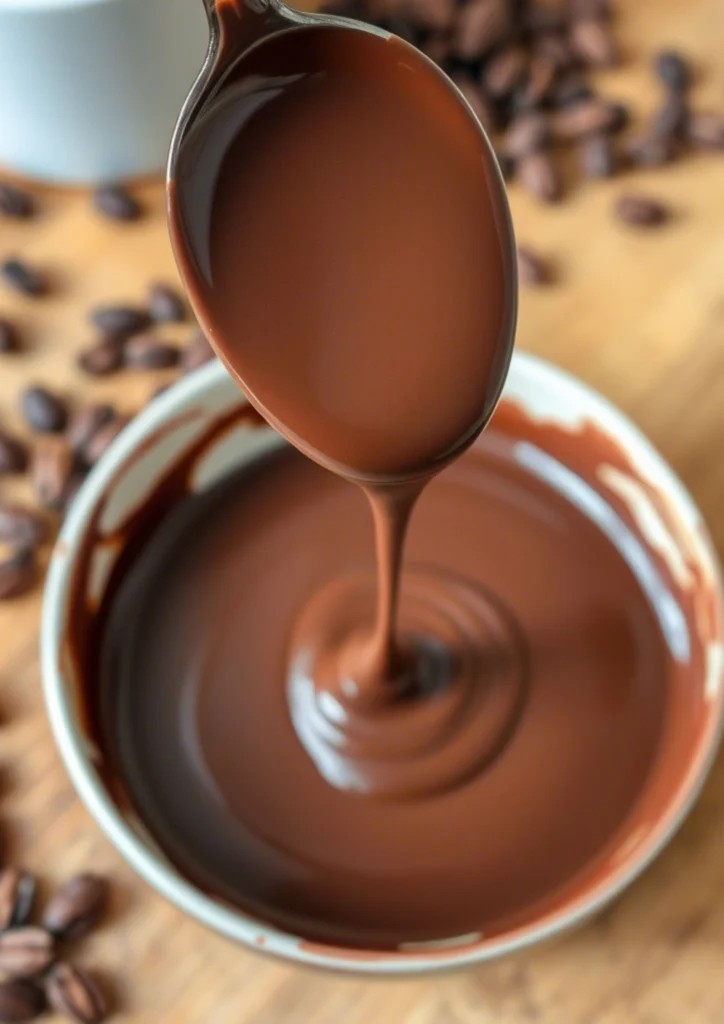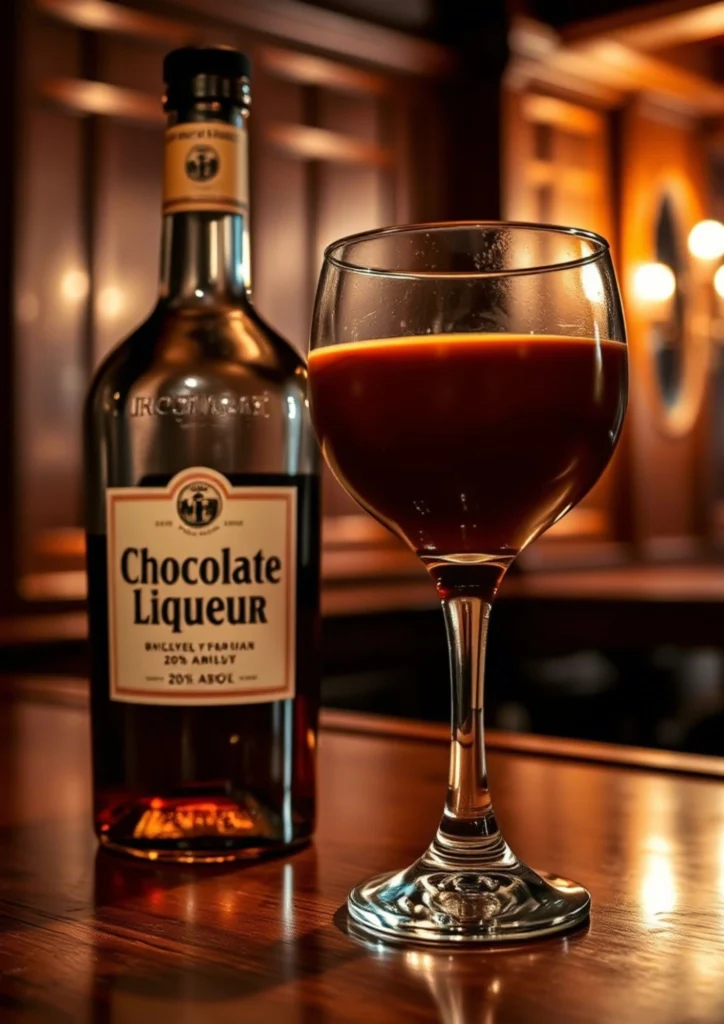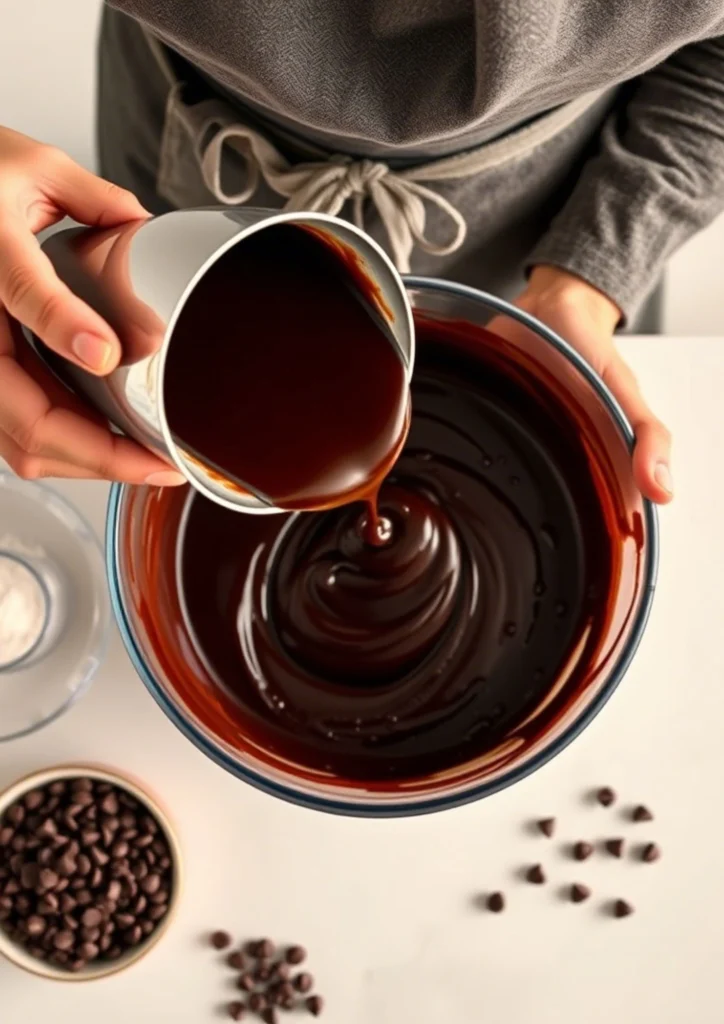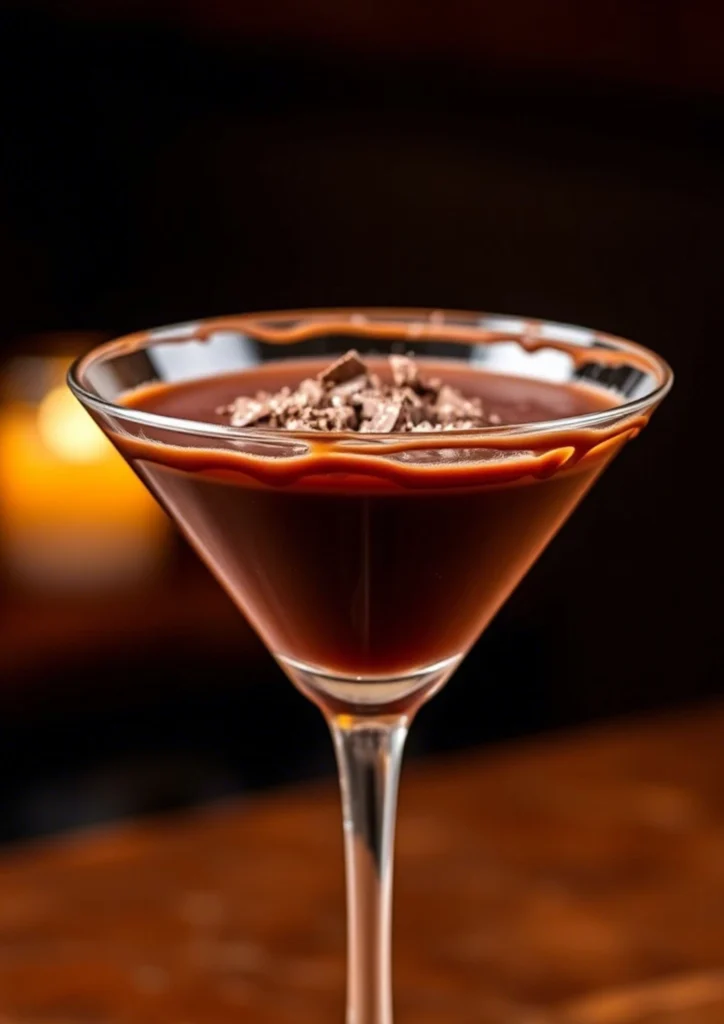Chocolate Liquor vs. Liqueur: 5 Key Differences! 🤔
Table of contents
Table of Contents
Are You Confused About Chocolate Liquor and Liqueur?
Let’s face it—you’ve probably stood in the baking aisle or cocktail section of your grocery store, scratching your head over whether chocolate liquor and liqueur are the same thing. It’s easy to get confused because both terms sound so similar. But here’s the truth: they couldn’t be more different! Whether you’re planning to bake a decadent chocolate cake or whip up a creamy White Russian, understanding these two ingredients is essential for success.
In this article, I’ll guide you through five key differences between Cocoa Liquid and liqueur. By the end, you’ll know exactly which one to use when, along with some delicious recipes to try at home. Let’s dive in!
What Is Chocolate Liquor? (And No, It Doesn’t Contain Alcohol!)
First things first—let’s clear up the biggest misconception about chocolate liquor: it doesn’t contain any alcohol. Instead, chocolate liquor is simply ground-up cocoa beans that have been roasted and liquefied during the chocolate-making process. This rich, dark paste forms the base for all types of chocolate, from milk to dark.
Here’s why chocolate liquor matters to you :
- It’s Packed With Flavor: Chocolate liquor has an intense cocoa taste that can elevate any dessert.
- It’s Versatile: You can use it in everything from brownies to hot cocoa.

How Is Chocolate Liquor Made?
The production process involves:
- Heating cocoa beans to unlock their full flavor potential.
- Grinding the roasted beans into a smooth paste.
- Melting the paste to create liquid chocolate.
This unrefined form of chocolate is what we call “chocolate liquor.” Don’t worry—it won’t make your desserts boozy!
What Is Liqueur? (Yes, This One Has Alcohol)
Now let’s talk about liqueur. Unlike chocolate liquor, liqueur is an alcoholic beverage that’s often sweetened and flavored with ingredients like fruits, herbs, spices, or even chocolate. If you’ve ever enjoyed a Bailey’s Irish Cream or Kahlúa coffee liqueur, you already know how versatile liqueurs can be.
Here’s why liqueurs matter to you :
- They Add Depth to Cocktails: A splash of liqueur can transform a simple drink into something extraordinary.
- They Enhance Desserts: From truffles to cakes, liqueurs add a touch of sophistication.
How Are Liqueurs Made?
Liqueurs are created by infusing spirits with flavorings and sweeteners. Here’s a simplified breakdown:
- Begin with a foundational spirit, like vodka or rum.
- Infuse the spirit with natural flavors.
- Sweeten the mixture to balance the alcohol bite.
By the time you’re done, you’ve got a delicious liqueur ready to enjoy!
Key Difference #1 – Alcohol Content
One of the most obvious differences between chocolate liquor and liqueur is alcohol content. Let me break it down for you:
- Chocolate Liquor: Contains zero alcohol. It’s completely safe for kids, pets, and anyone who avoids alcohol.
- Liqueur: Contains varying amounts of alcohol, depending on the brand and type.

Why Does This Matter?
If you’re baking for a family gathering or preparing a dish for children, chocolate liquor is the way to go. On the other hand, if you’re hosting a party and want to serve drinks with a kick, reach for the liqueur.
| Ingredient | Contains Alcohol? | Best For |
|---|---|---|
| Chocolate Liquor | No | Baking, Hot Drinks |
| Crème de Cacao | Yes | Cocktails, Desserts |
Key Difference #2 – Production Process
Understanding how each ingredient is made will help you appreciate their unique qualities.
Chocolate Liquor Production
- Roast cocoa beans to develop flavor.
- Grind the beans into a fine paste.
- Melt the paste to create liquid chocolate.
Liqueur Production
- Distill a base spirit.
- Infuse the spirit with natural flavors.
- Sweeten the mixture to achieve the desired taste.
As you can see, the processes are quite different—and so are the results!
Key Difference #3 – Taste Profile
Taste is another big difference between Cocoa Liquid and liqueur. Here’s what you need to know:
- Chocolate Liquor: Offers a deep, earthy cocoa flavor with no sweetness. Think of it as the purest form of chocolate.
- Liqueur: Provides a wide range of flavors, often balanced with sweetness and alcohol notes. For example:
Which Should You Choose?
- Use chocolate liquor when you want a strong cocoa flavor without added sugar.
- Opt for liqueur when you want to add complexity and sweetness to your dishes.
Key Difference #4 – Culinary Applications
Now that you understand the basics, let’s talk about how to use these ingredients in your cooking and bartending adventures.
Recipes Using Chocolate Liquor
Here’s a quick recipe for homemade hot chocolate using Cocoa Liquid:
Ingredients:
Steps:
- Warm the milk in a saucepan over medium heat.
- Add the Cocoa Liquid and stir until fully dissolved.
- Sweeten with sugar if desired.
- Serve warm with a sprinkle of cinnamon.
Tips for Working With Chocolate Liquor:

Recipes Using Liqueur
Try this classic White Russian cocktail:
Ingredients:
- 2 oz vodka
- 1 oz coffee liqueur (e.g., Kahlúa)
- 1 oz heavy cream
- Ice cubes
Steps:
- Fill a glass with ice.
- Pour the vodka and liqueur over the ice.
- Top with heavy cream.
- Stir gently and enjoy!
Tips for Working With Liqueur:
- Always check the alcohol content before serving.
- Experiment with different liqueurs to find your favorite flavor.
Key Difference #5 – Health Implications
Finally, let’s discuss the health effects of Cocoa Liquid and liqueur.
- Chocolate Extract: High in calories due to its cocoa butter content but rich in antioxidants.
- Liqueur: Also calorie-dense, thanks to added sugars and alcohol. Enjoy in moderation!
How Much Should You Consume?
- Limit yourself to small portions of chocolate liquor in baking.
- Stick to one serving of liqueur per day to avoid excessive alcohol intake.

Conclusion: Which Will You Choose?
By now, you should feel confident distinguishing between chocolate liquor and liqueur. Remember:
- Use Cocoa Liquid for baking and creating rich cocoa flavors.
- Use liqueur for cocktails and adding sweetness to desserts.
Ready to put your newfound knowledge into practice? Try the recipes above and share your creations with friends and family. And don’t forget to bookmark this page for future reference!
FAQ Section
- Q: Can I substitute chocolate liquor for cocoa powder?
A: Not directly. Cocoa Liquid is denser than cocoa powder, so you’ll need to adjust your recipe accordingly. - Q: Is liqueur gluten-free?
A: Most liqueurs are gluten-free, but always check the label to be sure. - Q: Where can I buy Cocoa Liquid?
A: Look for it online or at specialty stores under names like “cocoa mass” or “unsweetened chocolate.” - Q: How long does liqueur last?
A: Unopened bottles can last several years, while opened bottles should be consumed within six months.
Call-to-Action
Now that you’ve learned all about chocolate liquor and liqueur, it’s time to take action! Please share this article with your friends and tell them the difference between these two amazing ingredients. And if you try any of the recipes, leave a comment below—I’d love to hear how they turned out!
Did You Try Our Recipe?
There are no reviews yet. Be the first one to write one.

